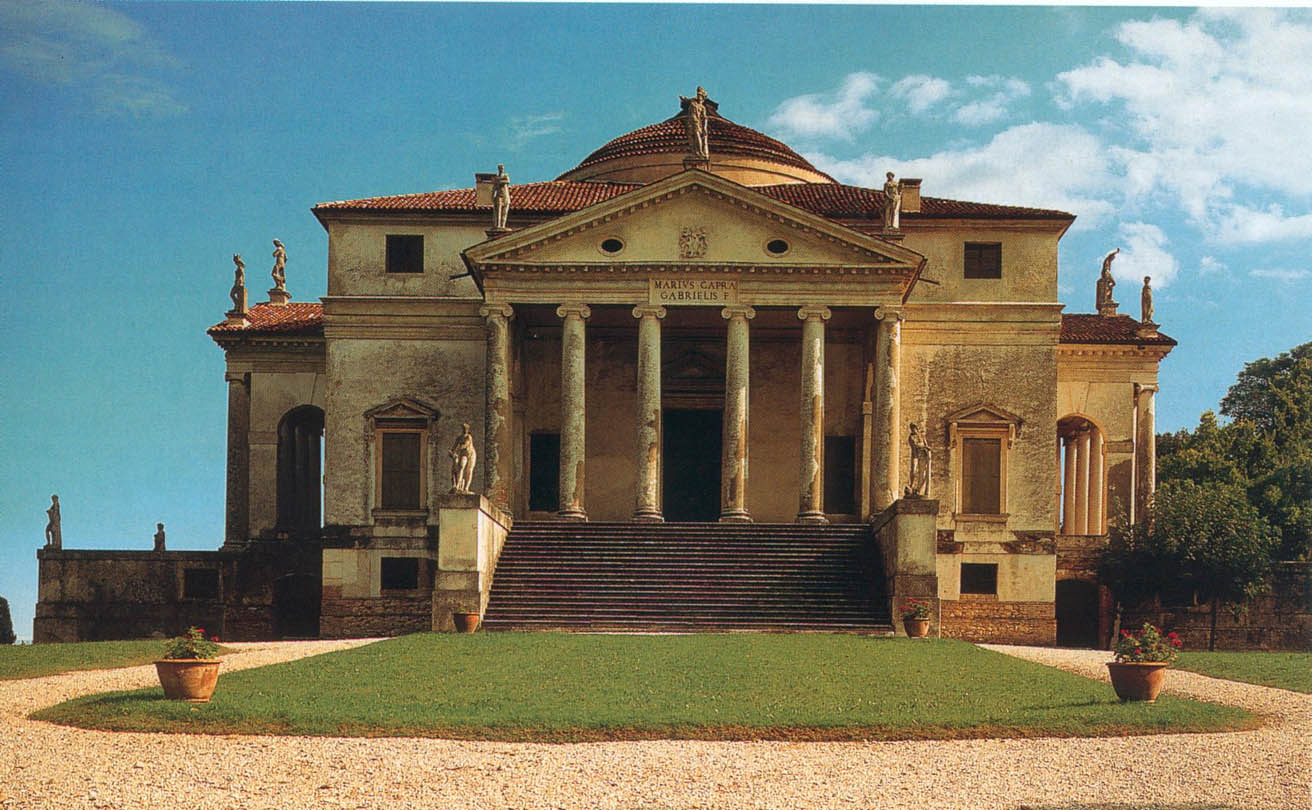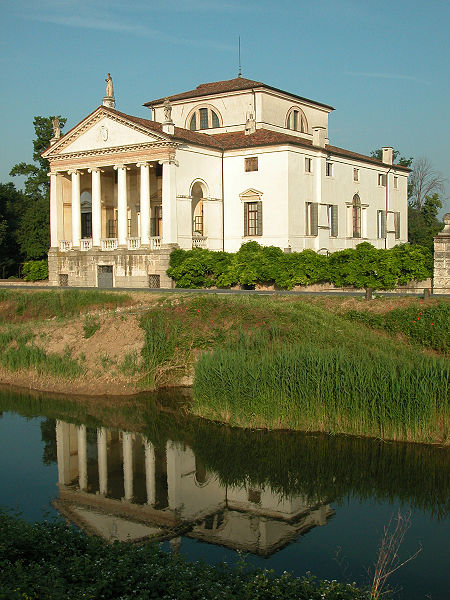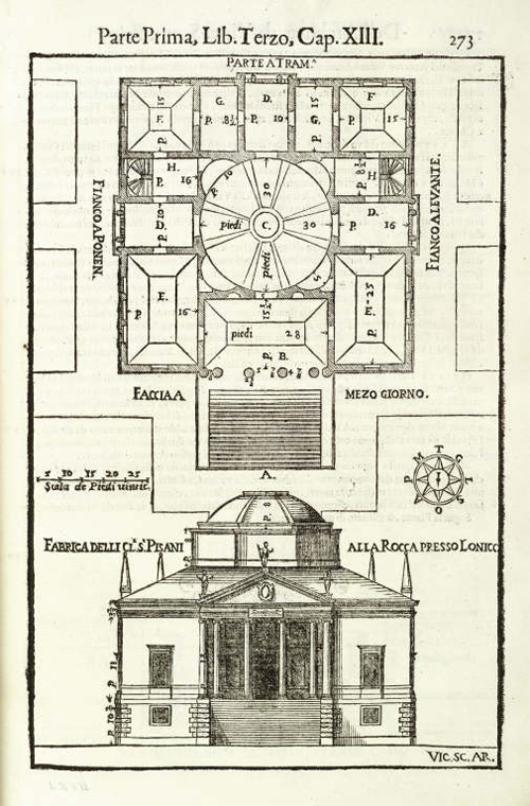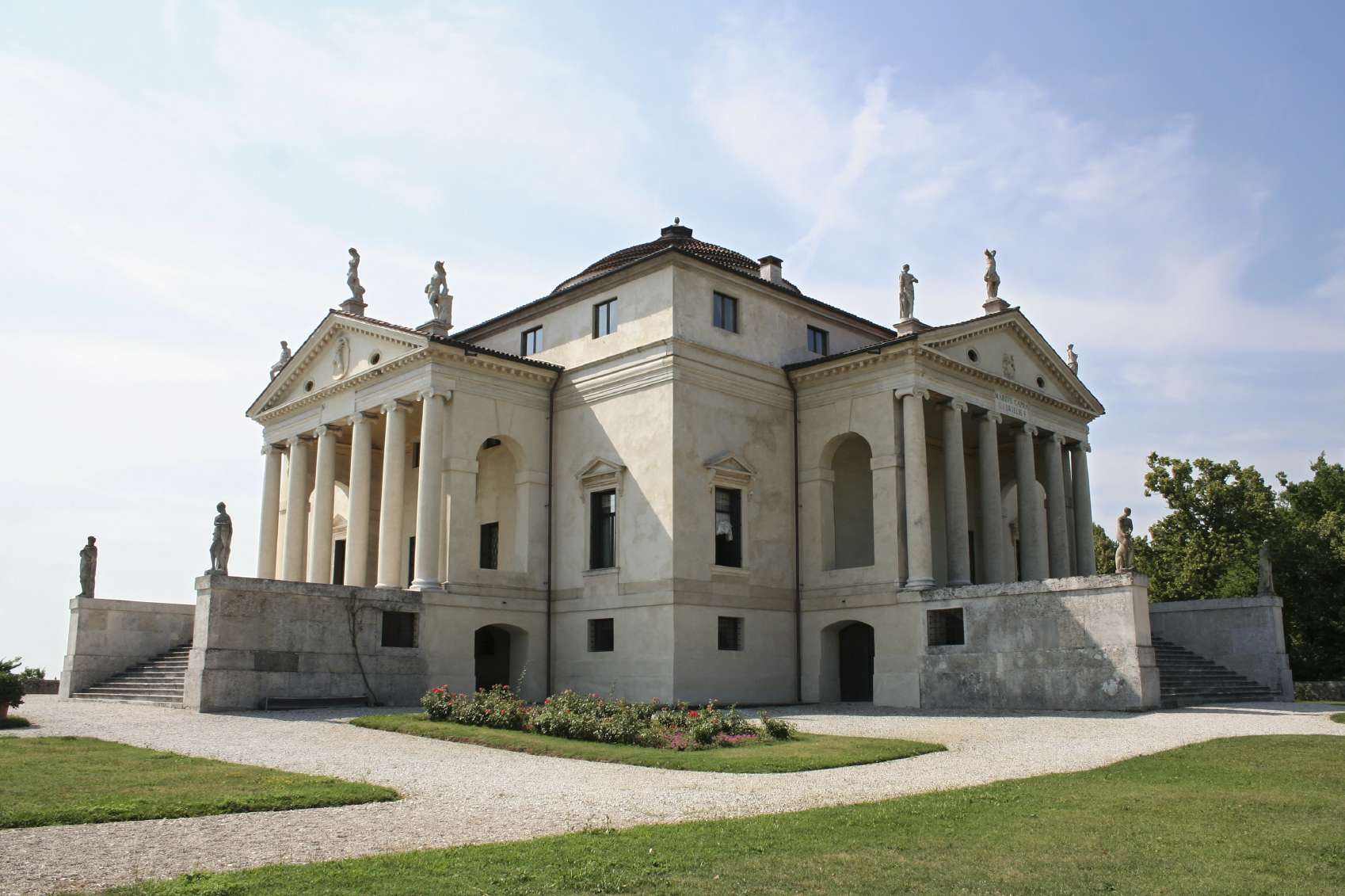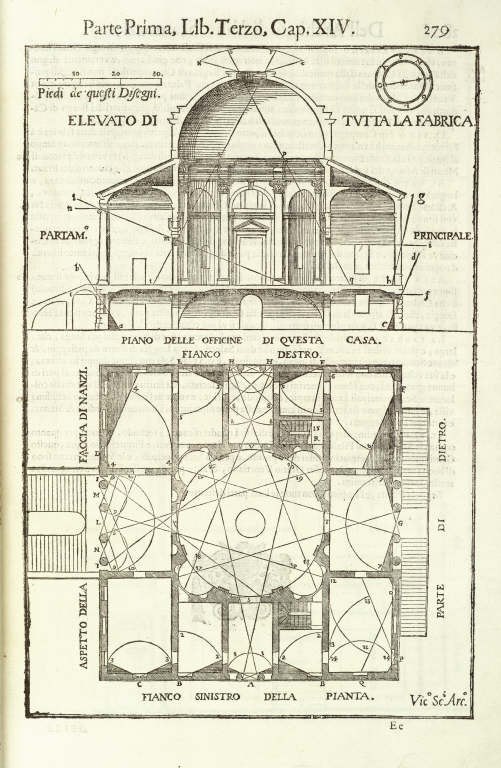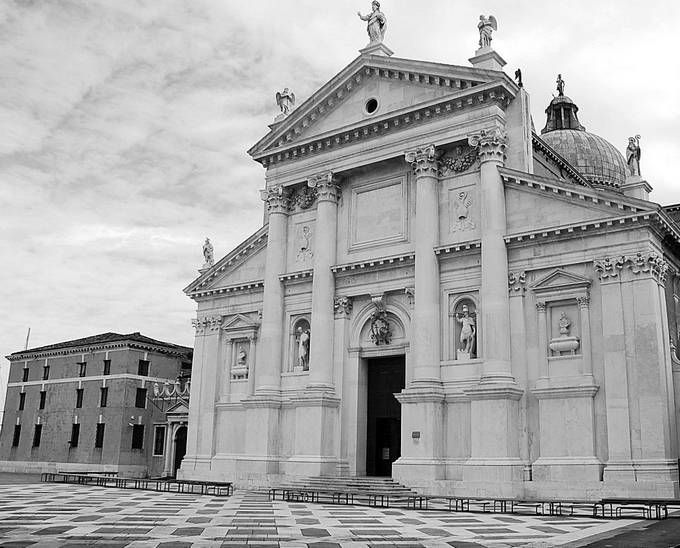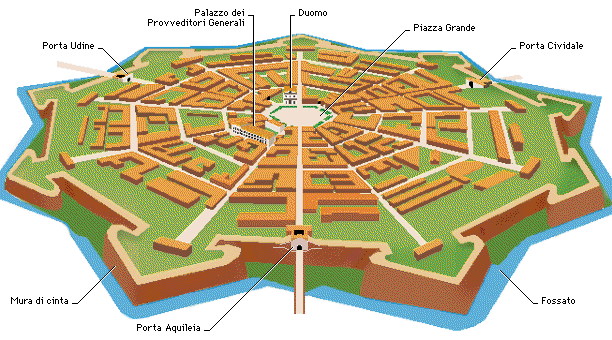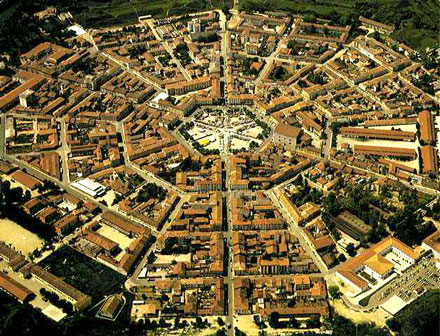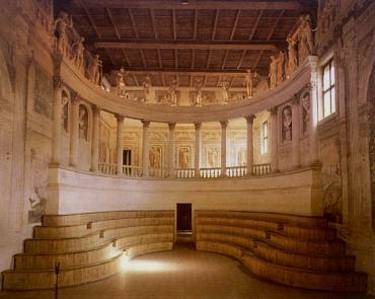<Back to Index>
- Radiochemist Frederick Soddy, 1877
- Architect Vincenzo Scamozzi, 1548
- King of Holland Louis Napoléon Bonaparte, 1778
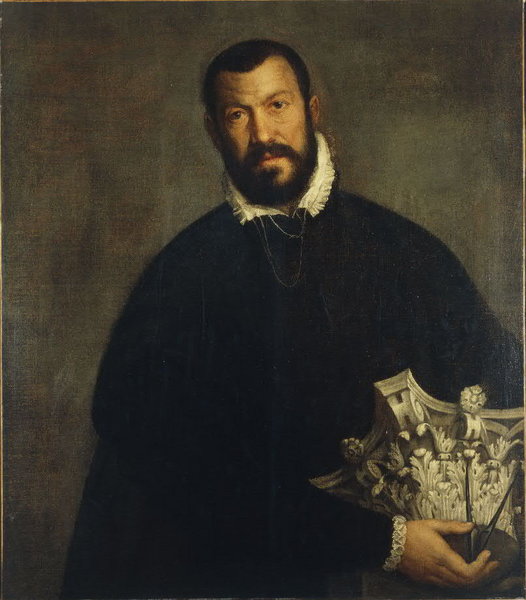
Vincenzo Scamozzi (September 2, 1548 – August 7, 1616) was a Venetian architect and a writer on architecture, active mainly in Vicenza and Republic of Venice area in the second half of the 16th century. He was perhaps the most important figure there between Andrea Palladio, whose unfinished projects he inherited at Palladio's death in 1580, and Baldassarre Longhena, Scamozzi's only pupil. The great public project of Palladio's that Scamozzi inherited early in the process of construction was the Teatro Olimpico at Vicenza, which Palladio had designed in the last months of his life. Scamozzi
was born in Vicenza. His father was the surveyor and building
contractor Gian Domenico Scamozzi; he was Scamozzi's first teacher,
imbuing him with the principles of Sebastiano Serlio, laid out in Serlio's book. Vincenzo visited Rome in 1579-1580, and then moved to Venice in 1581, where he had been invited to design the Procuratie Nuove on the Piazza San Marco itself.
In 1600 he visited France and left a sketchbook record of his
impressions of French architecture, which first saw the light of day in
1959. The Procuratie Nuove were
a row of official housing for the Procuratorate of San Marco, presented
as a unified palace front that continues the end facade of the Sansovino Library,
with its arcaded ground floor and arch-headed windows of the first
floor, but adding an upper floor to provide the necessary
accommodation, for which Scamozzi adapted a rejected project of
Palladio's for a re-faced Doge's Palace,
with colonnettes that flank the windows to support alternating
triangular and arched pediments, upon which Scamozzi added reclining
figures, to balance the richness of the Sansovinian decoration of the
two lower floors. Eleven bays of this project were completed, and later
were extended by Baldassare Longhena to fill the whole south flank of the piazza. Scamozzi's influence spread far beyond his Italian commissions through his treatise, L'Idea della Architettura Universale ("The
Idea of Universal Architecture"), which is the last of the Renaissance
works on the theory of architecture. It was published with woodcut
illustrations at Venice in 1615. Scamozzi depended for sections of his
treatment of Vitruvius on Daniele Barbaro's commentary, published in 1556 with illustrations by Palladio; he
also discussed issues of building practice. Such treatises were
becoming a vehicle for self-promotion. Scamozzi knew the value of
publicity distributed through the established channels of the book
trade and he included many of his own plans and elevations, as built,
as they should have been built, and as idealized projects. Previously,
his first book had been a quickly cobbled together illustrated
commentary on the ruins of Rome, assembled in "the space of a few of
days," according to his preface, and the woodcut images were stock
productions that already existed. Over half were copied from a volume by Hieronymus Cock that appeared in the 1550s. His
major book came out too late to influence his own success; he died the
following year. Scamozzi's practice is as much the source of the neo-Palladian architecture that was introduced by Inigo Jones as Andrea Palladio's own example. Rudolf Wittkower called him "the intellectural father of neo-classicism".
